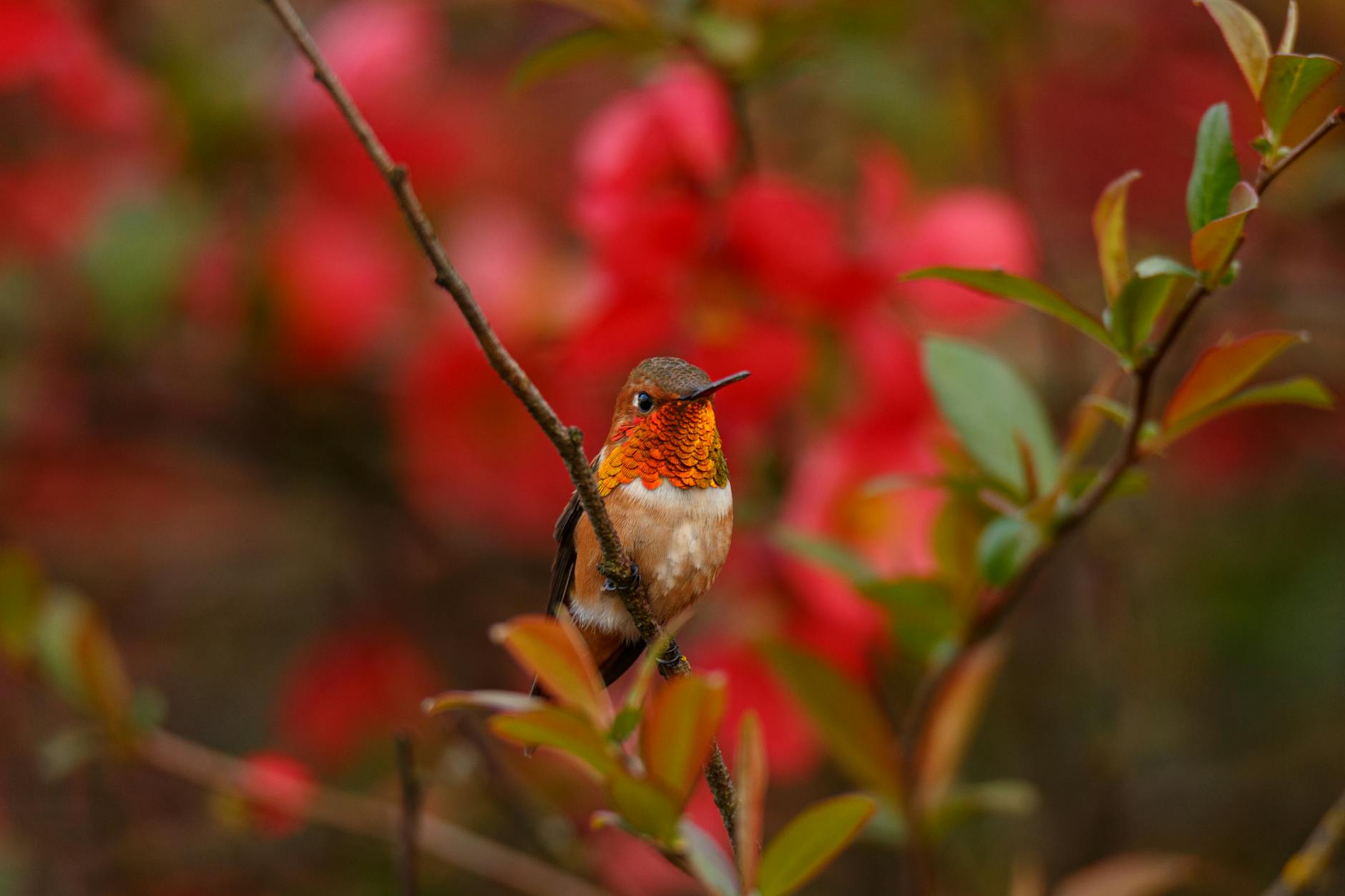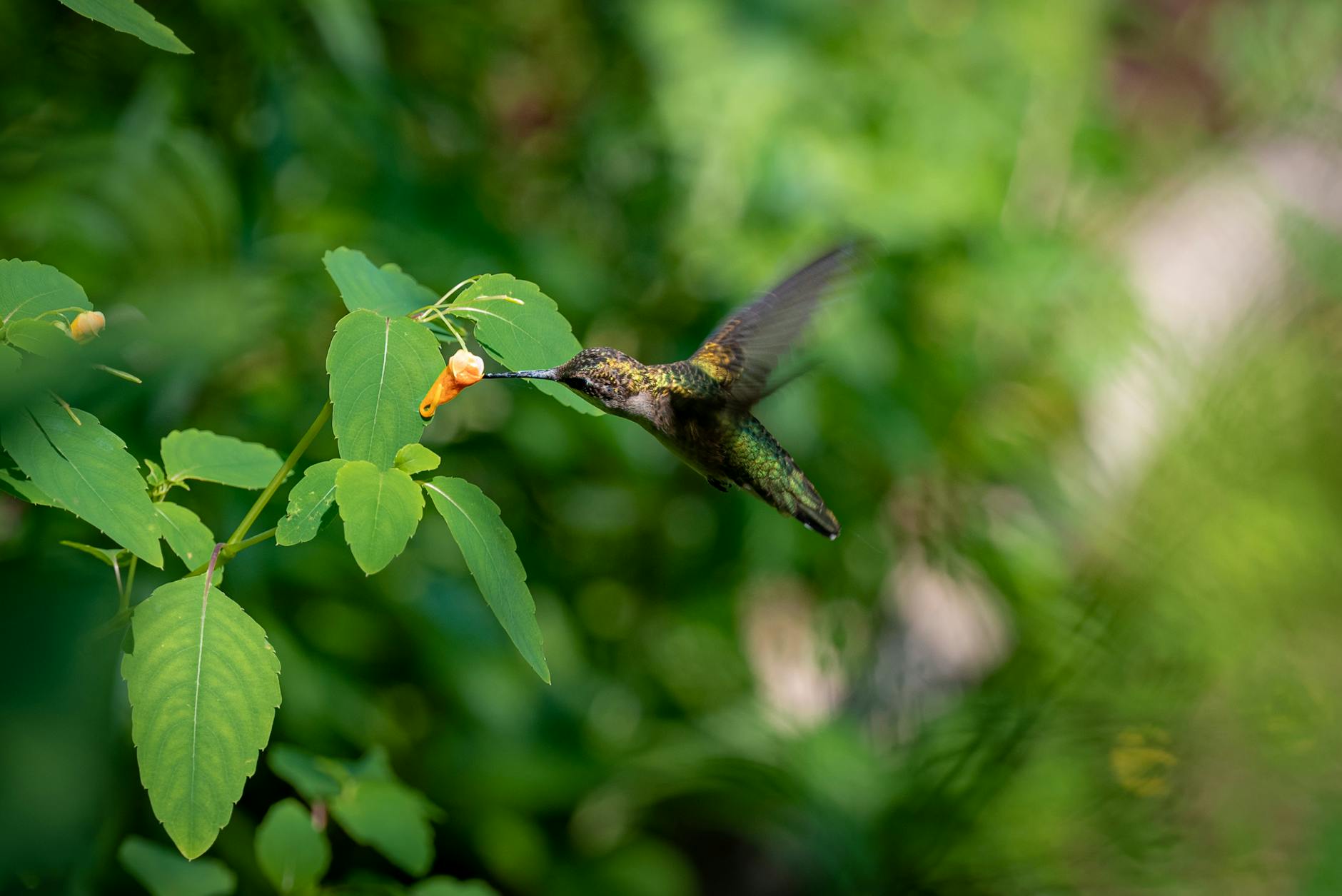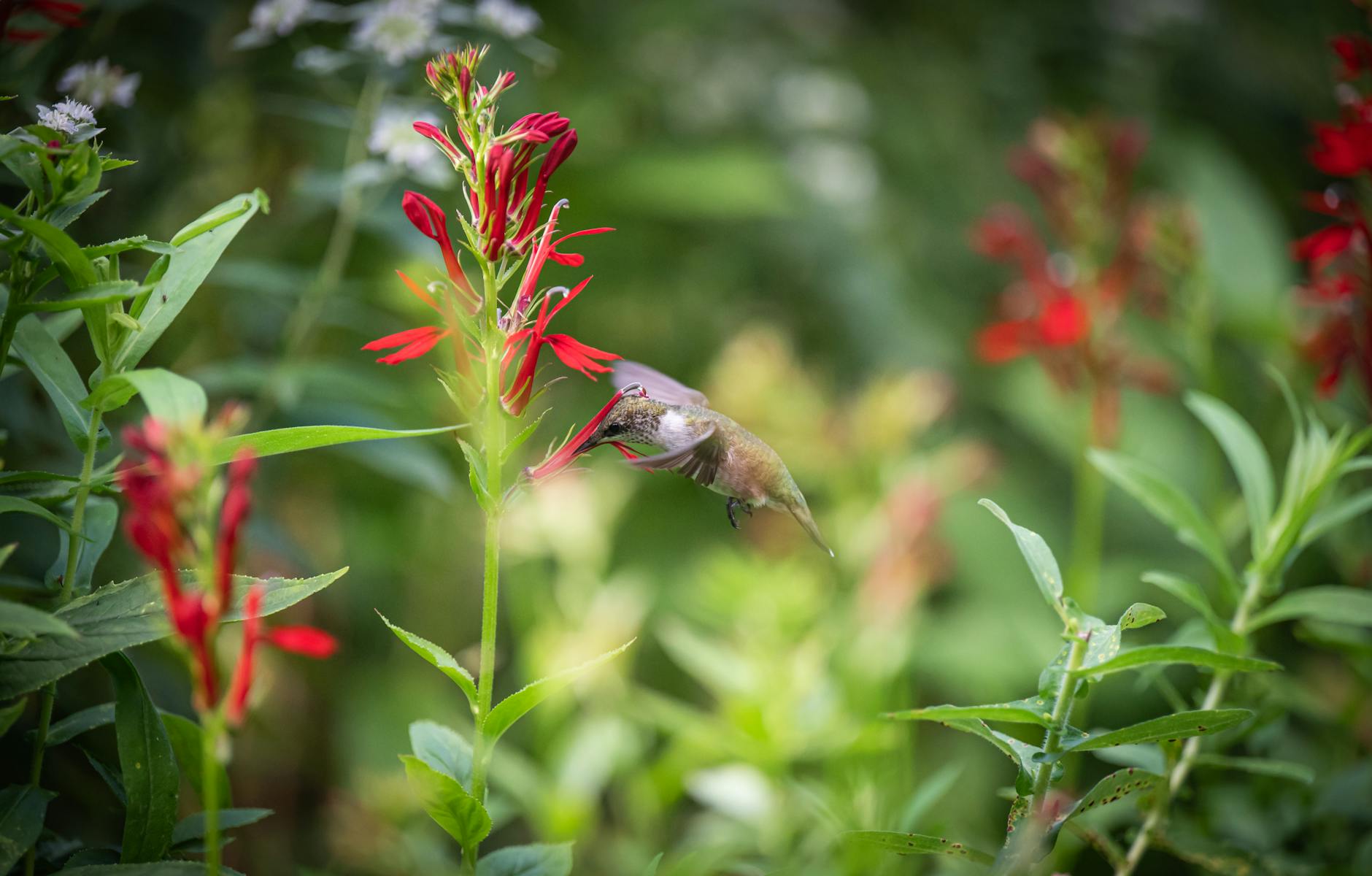Future Trends in Hummingbird Conservation: Key Insights for 2024 and Beyond
Hummingbirds are more than dazzling, tiny creatures—they are key players in supporting healthy ecosystems. These pollinators help maintain biodiversity by aiding the reproduction of countless plant species. However, their populations are rapidly shrinking due to habitat destruction, climate change, and other environmental pressures. As 2024 approaches, new strategies in conservation are emerging that could reshape the future for these vital birds. Understanding these trends is crucial if we hope to protect hummingbirds and the ecosystems that rely on them.
Current Trends in Hummingbird Populations
Hummingbirds are under increasing pressure from environmental changes and human activity. Their breathtaking presence in gardens and forests is becoming rarer, drawing concern from conservationists. Let’s explore what studies reveal about their decline, the threats they face to their habitat, and the role of climate change in altering their migration.
Declining Numbers
Recent studies have shown alarming declines in hummingbird populations worldwide. More than 191 species of these remarkable pollinators are facing significant population decreases. For instance, research conducted by the University of Wyoming highlights that diseases, loss of genetic diversity, and habitat degradation are major contributors to this decline. (Read more about this research)
These reductions are not just about numbers. They indicate imbalances in ecosystems. When hummingbirds vanish, the plants they pollinate suffer too, disrupting the delicate web of biodiversity. Why is this happening now, at such a rapid pace? Knowing these trends is a crucial step in reversing them.
Threats to Habitat
The greatest threat to hummingbirds is the destruction of their habitats caused by urban development and climate change. When forests are cleared and green spaces vanish, nectar-rich flowers—hummingbirds’ primary food source—disappear with them.
Agriculture and large-scale urban projects further aggravate the situation. According to Western Hummingbird Partnership, this loss of habitat leads to fragmented corridors, making migration and feeding progressively harder for the birds. Without intervention to preserve their natural areas, they could face even greater survival challenges.

Photo by MICHAEL MCGARRY
Impact of Climate Change
Climate change does more than increase temperatures—it shifts entire ecosystems. For hummingbirds, these changes alter migration patterns, often disrupting their ability to find food and breeding grounds along their routes. Rising temperatures have forced many species to migrate further north, as noted by studies from Audubon’s Climate Report.
The timing of blooming flowers crucial for their survival is also changing due to unpredictable weather patterns. This mismatch between migration schedules and plant availability has been likened to “arriving at a potluck to find the table empty.” Migratory hummingbirds, like the Ruby-Throated Hummingbird, face increasing struggles in adapting to these shifts.
Ultimately, if these trends persist unchecked, future generations might witness a world where these iconic birds are no longer a common sight.
Conservation Strategies
Conserving hummingbirds requires multifaceted approaches that address their habitat, engage communities, and leverage policy. As the threats to these birds grow, so do innovative strategies aimed at protecting them. Here’s what’s being done to safeguard these vital pollinators.
Habitat Restoration
Efforts to restore and expand hummingbird habitats are at the forefront of conservation. These tiny yet vital creatures rely on lush, nectar-rich environments, which are rapidly disappearing due to urban sprawl and deforestation. Restoration projects often focus on replanting native plants that hummingbirds depend on for food and shelter.
Organizations like the Western Hummingbird Partnership are leading initiatives to maintain and improve habitats across North America. Their programs include cultivating flowering plants along migratory routes and preserving the native vegetation crucial for breeding and feeding.
Restoration doesn’t stop at rural areas—it also extends to urban spaces. Community gardens and green rooftops are being transformed into micro-habitats, providing hummingbirds with safe havens amidst concrete jungles. By introducing native flowers such as trumpet vine and bee balm, these projects help reverse habitat loss while encouraging biodiversity.

Photo by Chris F
Community Engagement
Local communities are stepping up to play a pivotal role in hummingbird conservation. From citizen science projects to educational outreach, involving people directly can lead to impactful change. Programs like Audubon’s Hummingbirds at Home empower volunteers to track hummingbirds’ feeding patterns and migration routes. This data is critical for researchers who analyze population trends.
In addition to data collection, community members are encouraged to plant backyard gardens filled with nectar-producing plants. These small-scale efforts not only provide food sources for hummingbirds but also create awareness about the importance of biodiversity in everyday spaces.
Efforts like the Hummingbird Monitoring Network also aim to connect people through outreach programs. These initiatives generate deeper appreciation for these birds while guiding residents on how to make their neighborhoods more hummingbird-friendly.
Legislation and Policy Changes
New laws and policies are becoming essential tools in the fight to conserve hummingbirds. Government initiatives like the recently passed Neotropical Migratory Bird Conservation Act fund habitat restoration projects and protect migratory bird species across the Americas, including hummingbirds.
On a broader scale, international agreements such as the Migratory Bird Treaty Act ensure legal protection for migratory species. This act prohibits activities that harm hummingbirds, such as hunting, capturing, or destroying their nests.
Policymakers are also prioritizing funding for research that sheds light on how climate change impacts hummingbirds’ migratory patterns. The passage of the Migratory Bird Conservation Bill in 2024 has paved the way for more robust support, emphasizing the importance of sustained action to reverse population declines.
These coordinated efforts between lawmakers, scientists, and conservationists reflect a growing recognition of the urgent need to protect hummingbirds and their habitats.
The Role of Native Plants
Providing hummingbirds with appropriate habitats is key to their conservation. Native plants play an irreplaceable role in sustaining these birds, offering essential resources such as food and nesting spaces right in their natural ranges. Creating lush, hummingbird-friendly environments starts with understanding the benefits of native flora and how to encourage their growth in urban areas.
Benefits of Native Plants
Native plants aren’t just pretty—they’re lifelines for hummingbirds. These plants evolved alongside local wildlife, perfectly syncing with the needs of species like the Ruby-throated or Anna’s Hummingbird. Here’s how they help:
- Nectar Availability: Native flowering plants like trumpet vine or columbine provide the energy-rich nectar hummingbirds rely on. Unlike exotic plants that offer little sustenance, natives are optimized for local pollinators.
- Seasonal Alignment: Natives bloom at times when hummingbirds are most active, ensuring a steady food source throughout the migration season.
- Safe Nesting Sites: Dense shrubs like spicebush or serviceberry offer safe spaces for nesting, protecting hummingbirds from predators and harsh weather.
Supporting native plants is about more than aesthetics—it’s about survival. A garden filled with non-native species may look vibrant, but it could be a “food desert” for hummingbirds. Planning for biodiversity ensures they have both the energy to thrive and the protection to reproduce.
For more details on which plants are ideal, check out Nectar-rich Natives for Hummingbirds, which shares a comprehensive guide to native flora selection based on region.

Photo by Pete Weiler
Urban Gardening Techniques
You don’t need vast forests to nurture hummingbirds. Even in urban areas, small changes can create environments that attract and sustain them. Follow these techniques to build your own hummingbird oasis within city limits:
- Choose Native Species: Select native plants with tubular flowers, such as penstemon or bee balm. Group them in clusters for easier feeding.
- Optimize Space: Vertical gardens, hanging baskets, and rooftop planters can maximize limited space while adding nectar sources.
- Provide Water: Shallow fountains or misters offer hummingbirds a place to drink and bathe, which is as essential as food.
- Avoid Chemical Use: Pesticides can harm the birds or reduce their food supply by killing insects. Stick to natural pest control like companion planting.
Remember, even small efforts add up. A single balcony garden might not seem significant, but it could become a critical pit stop for a migrating hummingbird. Looking for more tips? Gardening for Hummingbirds provides advice tailored to urban settings, including water features and feeder placement.
By embracing conscious gardening methods and planting natives, you can play an active role in hummingbird conservation, even if you’re surrounded by skyscrapers.
Future Research Directions
As the focus on hummingbird conservation sharpens, two promising areas of research are emerging as game-changers. Expanding our understanding of disease ecology and harnessing the power of genomic science can unlock new avenues for conserving these vital pollinators.
Disease Ecology Studies: Understanding Hidden Threats
What role do diseases play in the decline of hummingbird populations? While habitat loss and climate change dominate conservation discussions, pathogens and parasites are often overlooked. Recent studies, however, are shedding light on how diseases impact these birds.
Hummingbirds are vulnerable to environmental stressors, and disease is a silent contributor to population declines. Research efforts are examining how pathogens like avian malaria, mites, and other parasites influence not only individual hummingbirds but entire populations. For instance, findings highlighted on PubMed reveal how disease ecology intersects with environmental factors, painting a clearer picture of the risks these birds face.
Here’s what scientists are focusing on:
- Pathogen Detection: Advanced tools now allow researchers to identify viruses and bacteria even in tiny blood samples.
- Environmental Toxicants and Stressors: Studies evaluate how pollutants and habitat disruptions lower hummingbirds’ resilience to disease (Audubon Rockies).
- Disease Transmission Patterns: Researchers study how diseases spread in fragmented habitats, offering clues on disease hotspots.
The better we understand the pathogens affecting hummingbirds, the more targeted conservation strategies can become. This area of study is essential to uncover hidden threats impacting their survival.

Photo by Juan Felipe Ramírez
Genomic Research Impact: Unlocking the Code of Survival
The delicate and intricate biology of hummingbirds is now being analyzed at the molecular level thanks to genomic science. These tiny birds, with their rapid metabolism and unique adaptations, hold information in their DNA that could provide answers to pressing conservation questions. Genomic research can reveal critical data that traditional field studies might miss.
The role of genomics in hummingbird conservation is pivotal, as it allows researchers to:
- Assess Genetic Diversity: Identifying areas where genetic bottlenecks exist is key to maintaining population health. Recent work through Wildlife Genetic Health has explored this avenue.
- Track Migration at a Genetic Level: By studying the genetic code, scientists can uncover migration patterns tied to environmental changes.
- Disease Resistance and Adaptations: Genomic markers indicate which populations may develop resistance to diseases or adapt to changing climates (Annual Reviews).
This advancing field of research not only supports the conservation of hummingbirds but can also inform broader ecological efforts. Genomic tools are gradually becoming a cornerstone for understanding how these birds adapt to a world in flux.
The Importance of Ongoing Conservation Efforts
Hummingbirds are not just beautiful—they are critical to the ecosystems we all depend on. Their role as pollinators contributes directly to maintaining biodiversity and supporting the growth of countless plant species. Without them, many ecosystems would struggle to sustain life as we know it. As challenges like habitat loss and climate change grow more severe, conservation efforts must keep evolving to address these threats. But what can you do to contribute?
What Individuals Can Do to Help
While major organizations and governments play a role, individual actions can have an equally powerful impact. Protecting hummingbirds starts in your own backyard—or even on your balcony. Here’s how you can help:
- Plant Native Flowers: Choose nectar-rich, native plants to provide hummingbirds with the food they need to thrive. For example, trumpet vine and bee balm are excellent choices for North America. Learn more about planting for pollinators here.
- Hang Feeders Responsibly: Properly maintain hummingbird feeders to offer an additional food source, especially in urban areas. Clean them regularly to prevent harmful mold or bacteria.
- Support Legislation: Advocate for policies like the Neotropical Migratory Bird Conservation Act that focus on habitat protection and funding for research.
- Avoid Pesticides: Harmful chemicals not only hurt hummingbirds but also affect the entire food chain. Opt for eco-friendly alternatives in your garden.
- Participate in Citizen Science: Programs like Audubon’s Hummingbirds at Home invite individuals to track hummingbird sightings. This collective effort helps researchers gather crucial data.
- Educate Others: Simply sharing knowledge about the importance of these birds can inspire action. Consider organizing local gardening workshops or sharing resources online.
Why Every Effort Matters
Even small steps can create ripples of change. A single native garden can become a lifeline for migrating hummingbirds, while advocacy on a community level fosters greater awareness and large-scale action. Together, these efforts build a network of conservation that extends far beyond individual actions, helping to create a safer and more supportive world for these irreplaceable birds.

Photo by Chris F
For more resources on what you can do to help, visit The International Hummingbird Society or Four Ways to Protect Hummingbirds. Together, we can ensure that these tiny yet mighty pollinators continue to enchant and sustain our world.










